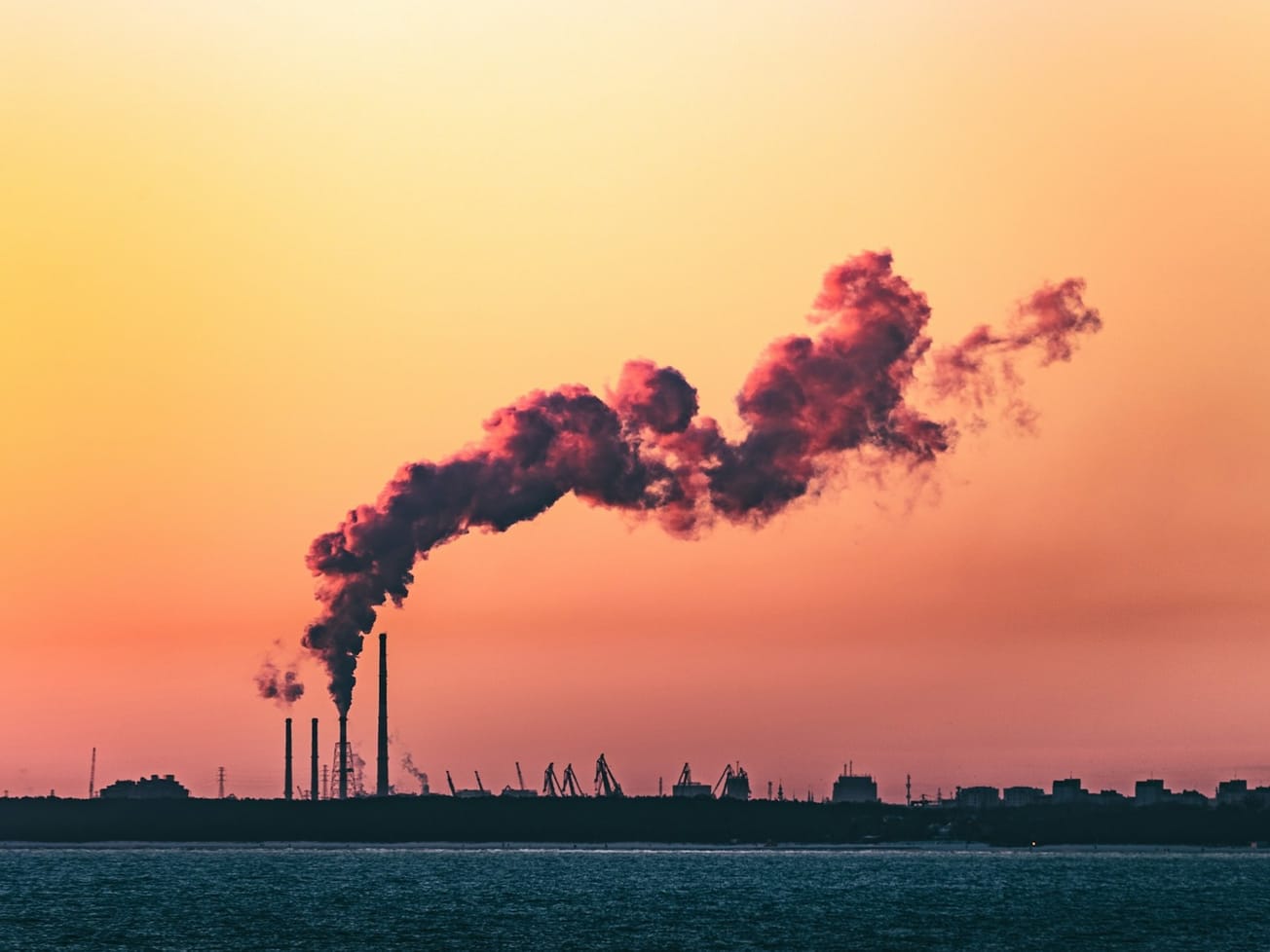Levels of heat-trapping greenhouse gases in the atmosphere that are causing the Earth to grow hotter at an ever-alarming pace reached a new record last year and there is no relief in sight, the U.N. weather agency said in a new report prepared for the upcoming COP28 climate summit.
Researchers at the World Meteorological Organization said on Wednesday they have recorded increased levels in all three of the primary gases that contribute to global warming: carbon dioxide, methane and nitrous oxide.







